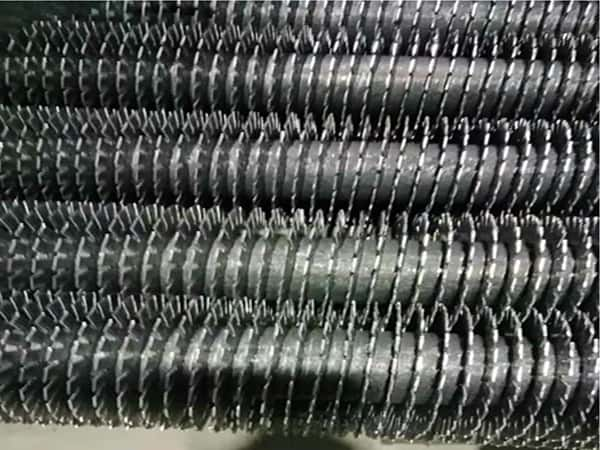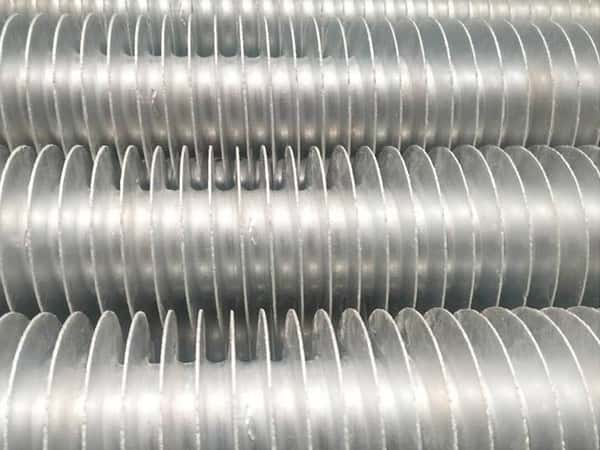Heat Exchanger Tubes are Seamless pipes that are made to conduct heat. To cool or heat a liquid, it must pass through the heat exchanger tube.
The tube permits the heat from one fluid (gas or liquid) to pass through another fluid without the two fluids coming in direct contact. For example, a heating furnace burns natural gas that is moved across the water through pipes. If the water and the gas come in direct contact, the heat exchange process will collapse, and the water will fail to warm up.
Even though most heat exchanger tubes have the same use, there are a variety of seamless pipes used for different applications.

Heat exchanger tubes have been in use for several years and are known to smoothly transfer heat from gases/liquids.
Heat exchanger tubes find their application in several places like Fertilizer plants, Petroleum Refineries, Petrochemical Process plants, power Industry, etc.
To understand the function of seamless pipes/tubes better, let us partake in learning about the range of heat exchangers and their common usage in industries.
Let us have a look at the three common types of heat exchangers and their uses below:
Heat Exchanger Tubes with A Double Tubing System
The double tube heat exchanging system uses a tube-within-a-tube pattern to conduct heat. Here you have two pipes where one is fixed inside the other.
Coming to the example we gave above, one fluid is made to flow through the inner pipe. At the same time, the second fluid is made to flow around the previous fluid in the outer tube. This category of heat exchanger is common and is the standard and affordable of all tubing systems.

Heat Exchanger Tubes with A Shell and Tube System
Shell and tube heat exchangers are perhaps the most versatile heat exchanger tube of all. In a shell and tube heat exchanger tube system, a bundle of tubes are enclosed within a cylindrical shell. The unique design of this tubing system allows for a broad range of temperatures and pressure.
You can undoubtedly consider the shell and tube system if you want to cool or warm many liquids or gases. They may be smaller in size when compared to other tubing systems, but a shell and tube heat exchanger can be easily dismantled, making cleaning and repair work easy.
Heating Exchanger Tubes with a Tube Inside Tube System
The tube-inside-a-tube system comprises two pipes, each carrying a separate fluid. What’s unique here is that the tubes are coil-up to form an inside and outside pattern. The application for a tube in tube design can get pretty creative.
Since the tubes are coiled together, most methods for this type are compact. Considering the complex set-up of the tubes, the tube-inside-a-tube system uses high power.
Since it runs at high energy, this heat exchanger tubing system offers higher efficiency.

Typical Applications of the Carbon Steel Seamless Tube
You must be wondering where these various heat exchanger tubes are used and are customisable as per need? These seamless tubes find application in Cryogenic Pressure Vessels, Pressure Vessels, High-Pressure Equipment, Boilers, Air Preheater, Air Conditioners, Tube Sheets of Heat Exchangers, Finned Tubes, Air Cooler Tubes, etc.
The tubes are also considerably used in Power plants, Refineries, Steel Industries, Chemical Factories, Ship Building, Automobile Industries, Fertiliser Plants etc.

These tubes are highly compatible and can be easily customised as Straight Lengths or U-Bent as the buyer requires.
